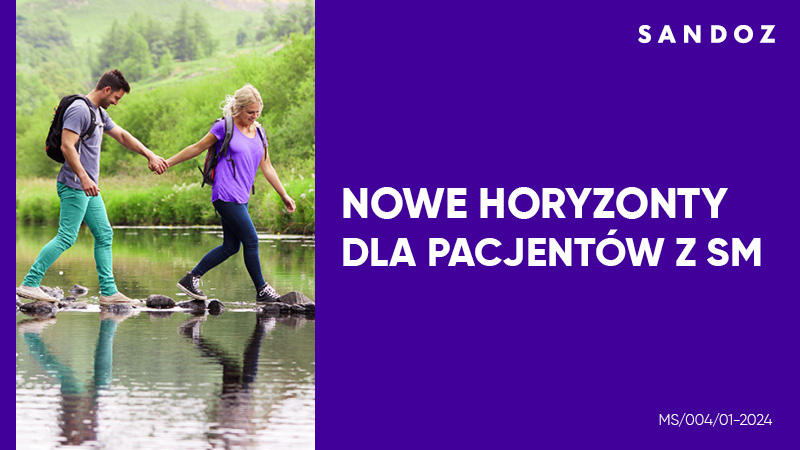The impact of ischaemic stroke risk factors on imaging changes – a current literature review
Yehor Demianenko1, Mateusz Kobierecki2, Roman Leśniak1
 Affiliation and address for correspondence
Affiliation and address for correspondenceStroke is the leading cause of acquired disability in adults. Although all age groups may be affected, the risk of fatal outcome increases with age. Diagnostic imaging, including computed tomography and magnetic resonance imaging, is used in order to promptly initiate effective treatment. Imaging modalities make it possible to determine the type of stroke as well as the location and extent of damage. They are also used for treatment monitoring. It is essential to make an early diagnosis, identify the type of stroke and implement appropriate management. After the introduction of modern treatment modalities, such as thrombolytic therapy, time windows, i.e. periods of time during which a given intervention may bring benefits to the patient, were established for ischaemic stroke. The performance and life quality in a person after a stroke depends on the duration of neural ischaemia. The consequences of stroke also depend on the baseline condition of the patient. The incidence of stroke in the general population is shaped by risk factors that are often cumulative in nature. Scientific reports most often point to age, race, sex, blood glucose and diabetes, obesity, smoking and atherosclerosis. Ischaemic stroke is frequently caused by arterial stenosis or obstruction. According to one hypothesis, the activity of immune cells, including monocytes and basophils, in atherosclerosis leads to inflammation and formation of atherosclerotic plaques. As a result, wall thickening, atherosclerotic plaque rupture, regenerative responses and stenosis occur. The aim of the paper is to summarise the relationships between vasculitis, bacterial and viral infections or autoimmune disorders and stroke, in the etiopathogenesis of which, according to current research, they are involved. The paper also shows the importance of diagnostic imaging and attempts to explain the relationship between changes in computed tomography and magnetic resonance imaging and risk factors for stroke.







